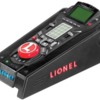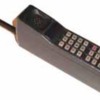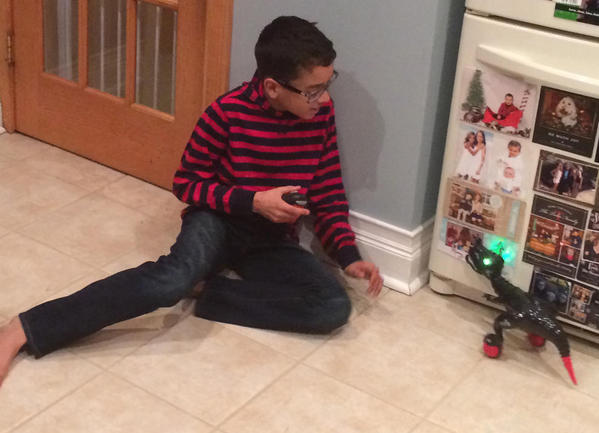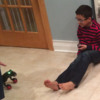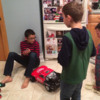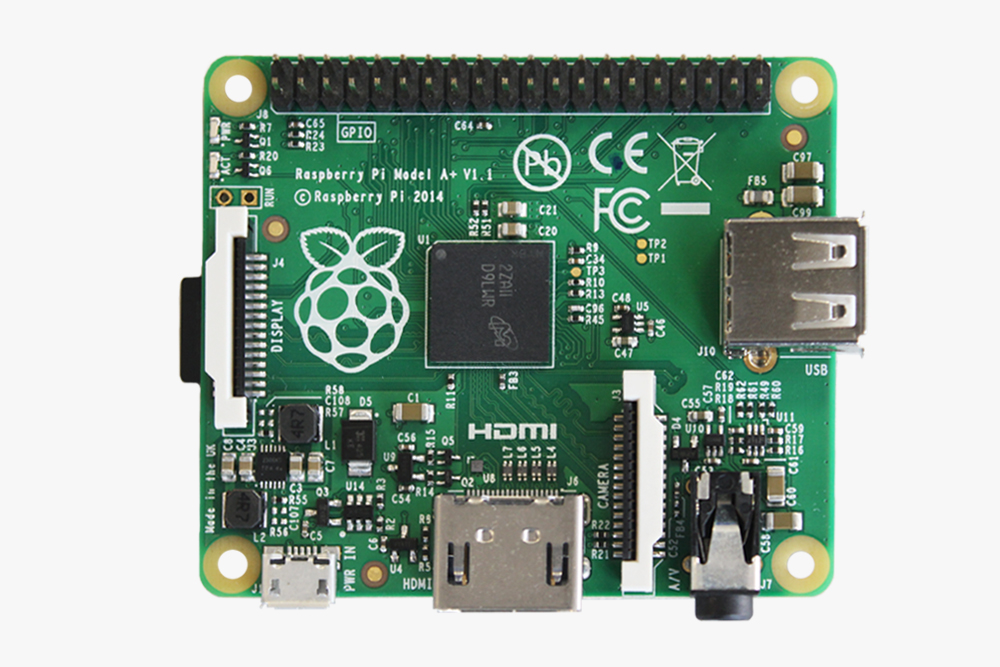I am sure we are all bored with this topic, but just curious, as a person running outdated technology, is there a post somewhere that could enlighten people like me that this is what is required to update? Do I need a masters degree in electrical engineering to tackle a project like that? Will we have to live on hot dogs for a few months to afford this stuff? How bout what does this new stuff do except let you walk around your layout with a clicker? Sorry remote control. Heck what do I know, I clean track for a living!
Did it ever occur to anyone that a lot of people would like to do some updating but have not got the slightest idea who to talk to, or where to start? Or would a topic like that just be too boring.




